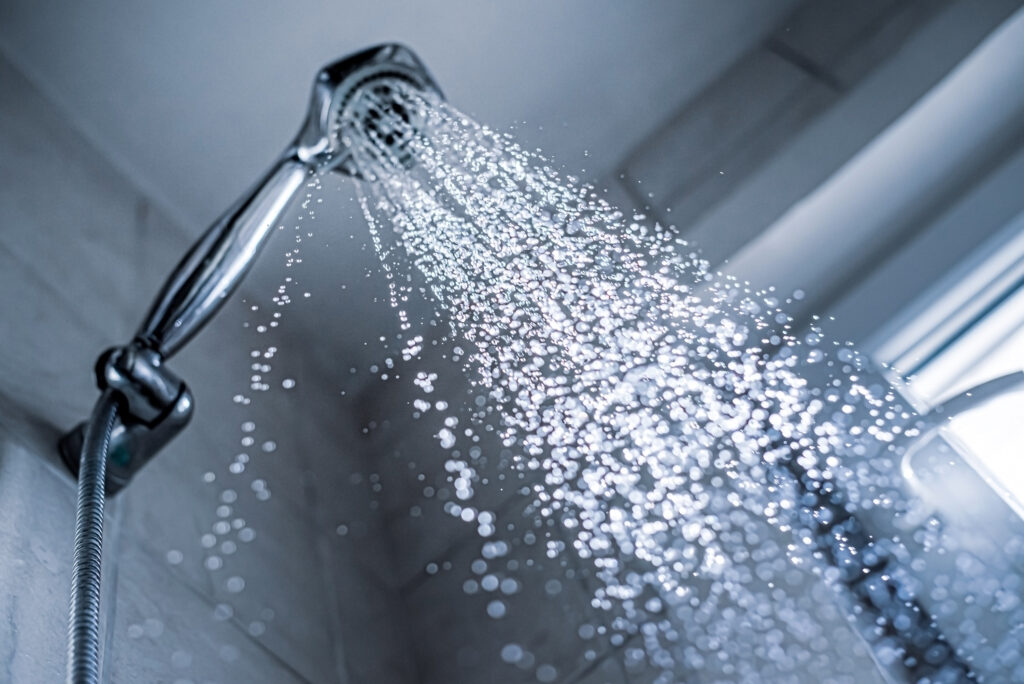As a landlord, maintaining your property involves ensuring the safety and well-being of your tenants. One of the health hazards that landlords must be aware of is legionella. This article explores what legionella is, how it occurs, the responsibilities of landlords and the legal requirements surrounding this issue.

What is Legionella?
Legionella is a type of bacteria commonly found in natural water sources such as rivers, lakes and reservoirs. Although it is usually present in low numbers, it can become a significant health risk when it proliferates in man-made water systems. The bacteria can cause Legionnaires’ disease, a potentially fatal form of pneumonia and less severe conditions such as Pontiac fever. Infection occurs when people inhale small droplets of water containing the bacteria.
How Does Legionella Occur?
Legionella bacteria thrive in water systems where temperatures are between 20-45°C (68-113°F). Stagnant water, rust, sludge, scale and organic matter provide the perfect breeding ground for these bacteria. Common locations within properties where legionella can be found include:
- Hot and cold water systems
- Cooling towers
- Air conditioning systems
- Spa pools
Given the right conditions, the bacteria can multiply rapidly, increasing the risk of exposure to tenants.
Landlords’ Responsibilities
As a landlord, you have a legal duty to ensure the safety of your tenants by managing and controlling the risk of exposure to legionella. This involves taking appropriate steps to prevent the bacteria from becoming a problem in your property’s water systems. Here are the key responsibilities:
Risk Assessment
Conducting a risk assessment is the first step in managing legionella. This involves evaluating the water systems in your property to identify potential risks and determine the likelihood of legionella growth. You can carry out this assessment yourself if you have the necessary knowledge and expertise, or you can hire a professional.
Control Measures
Based on the findings of the risk assessment, you should implement control measures to minimise the risk. These measures may include:
- Regularly flushing out water systems to prevent stagnation.
- Keeping water cisterns and tanks clean and free of debris.
- Ensuring water temperatures are kept outside the range favourable to legionella growth (below 20°C for cold water and above 60°C for hot water).
- Descaling showerheads and taps.
- Ensuring that any redundant pipework is removed.
Regular Monitoring
Regular monitoring and maintenance are essential to ensure that control measures remain effective. This includes checking water temperatures, inspecting systems for signs of scale and corrosion and keeping accurate records of all actions taken.
Communication with Tenants
Informing your tenants about the risks of legionella and the steps you are taking to manage it is also important. Providing guidance on simple measures they can take, such as regularly cleaning showerheads and reporting any issues with water systems, can help reduce the risk further.
Legal Requirements
The legal framework for managing the risk of legionella is set out in various pieces of legislation and guidance in the UK. The key regulations regarding landlords and legionella are set out here by the HSE.
Managing the risk of legionella is a crucial aspect of being a responsible landlord. By understanding what legionella is, how it occurs, and the steps you need to take to control it, you can help protect your tenants from this potentially deadly bacteria. Conduct regular risk assessments, implement appropriate control measures, monitor your water systems and keep open communication with your tenants.
Ensuring the safety and well-being of your tenants is not only a legal obligation but also a fundamental part of providing quality housing. If you need assistance with managing legionella risks, consider seeking professional advice to ensure you are compliant with all legal requirements and best practices.






